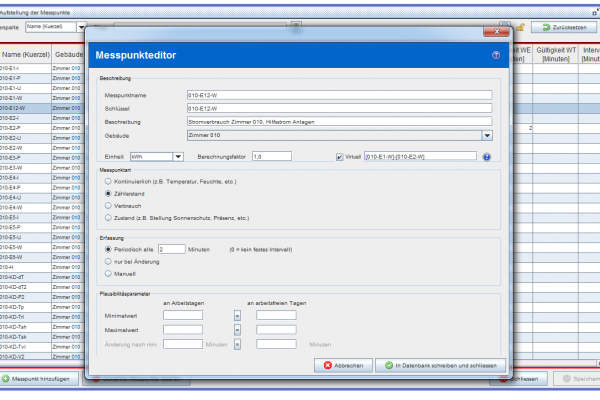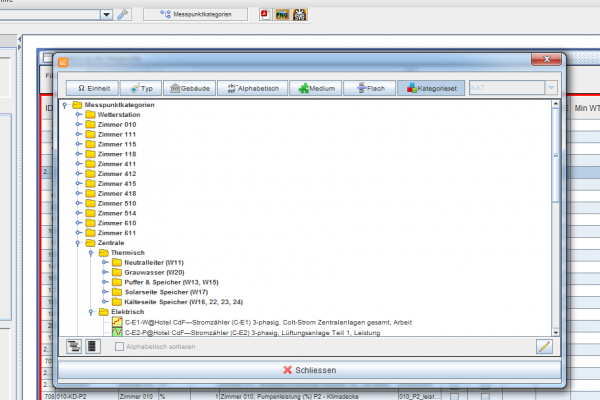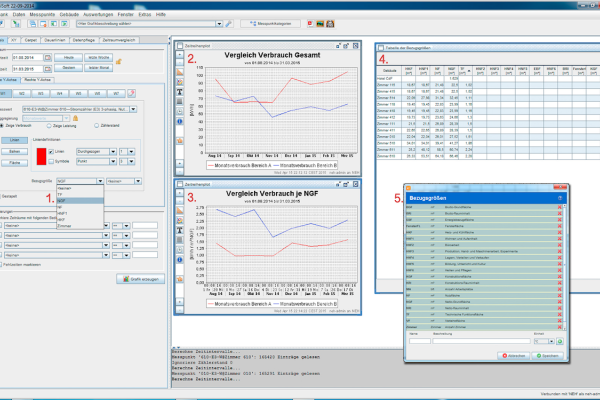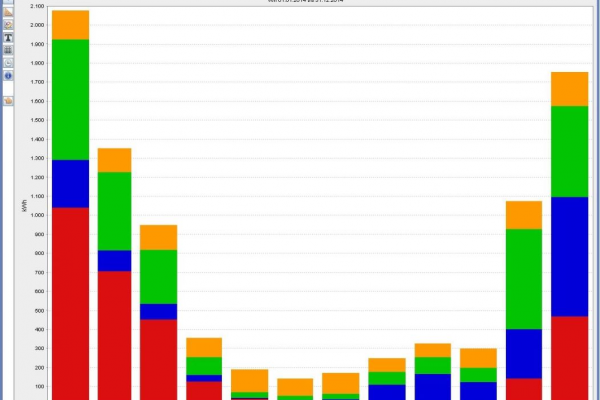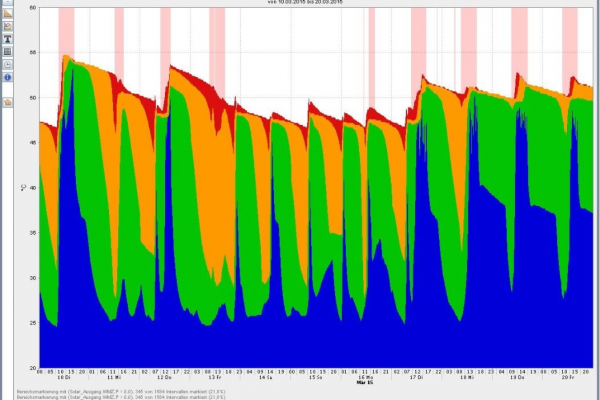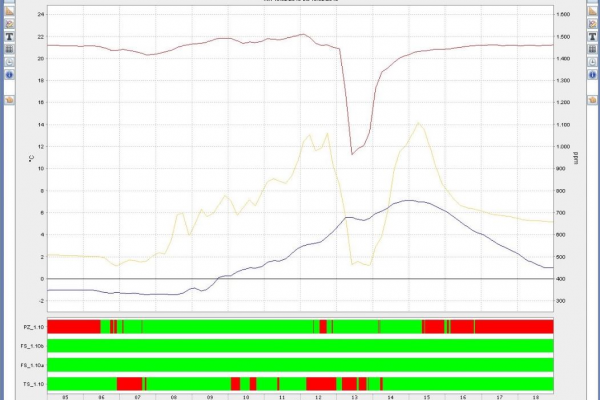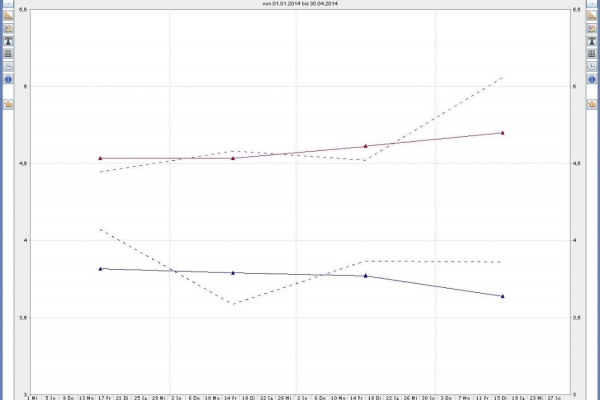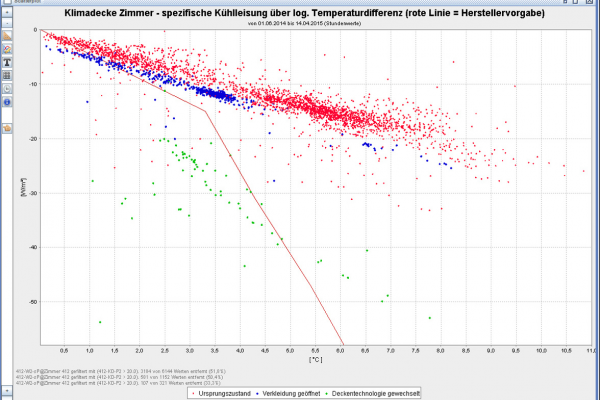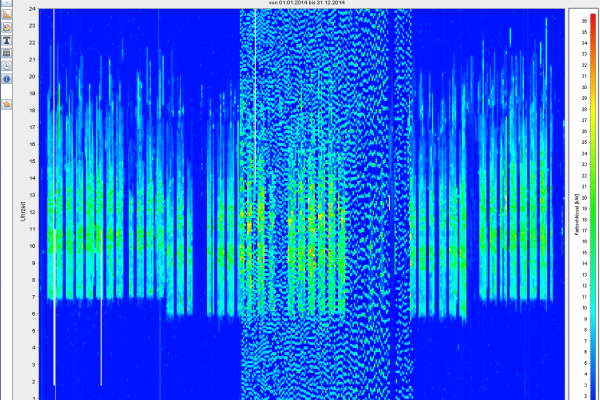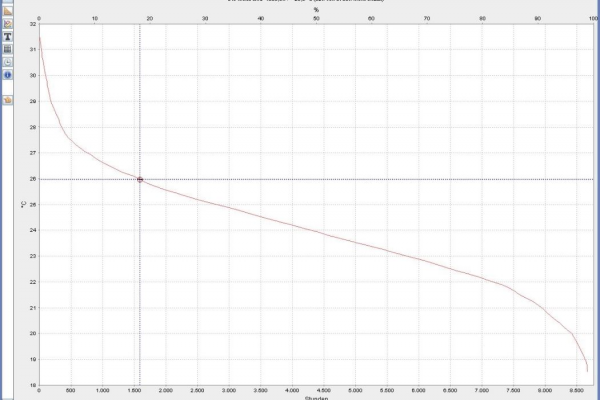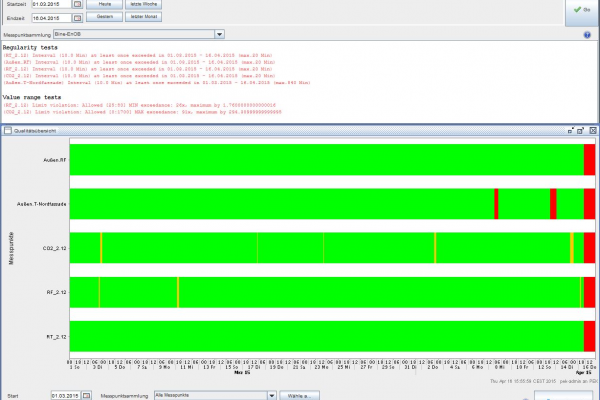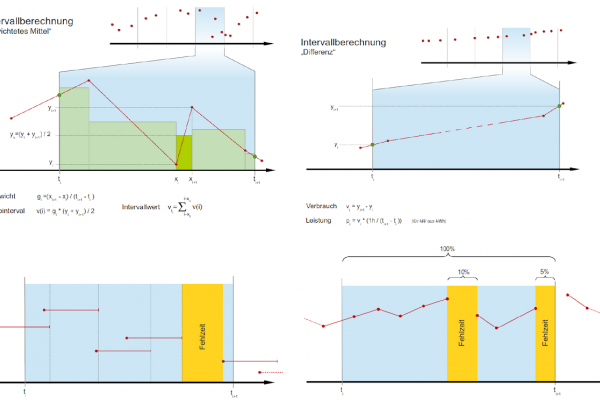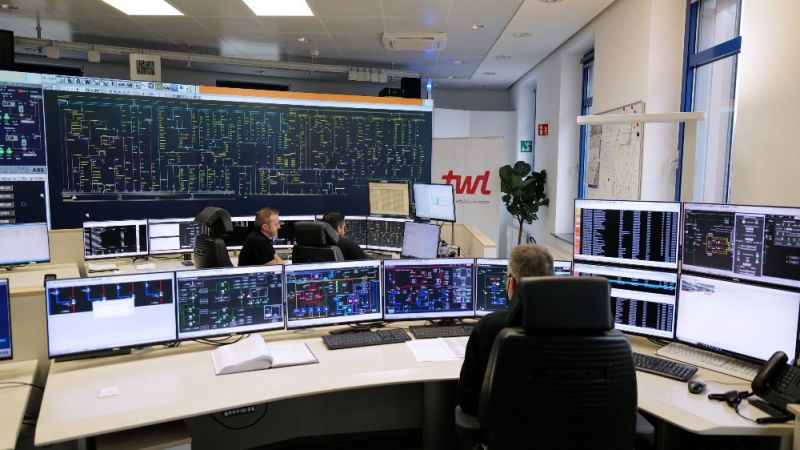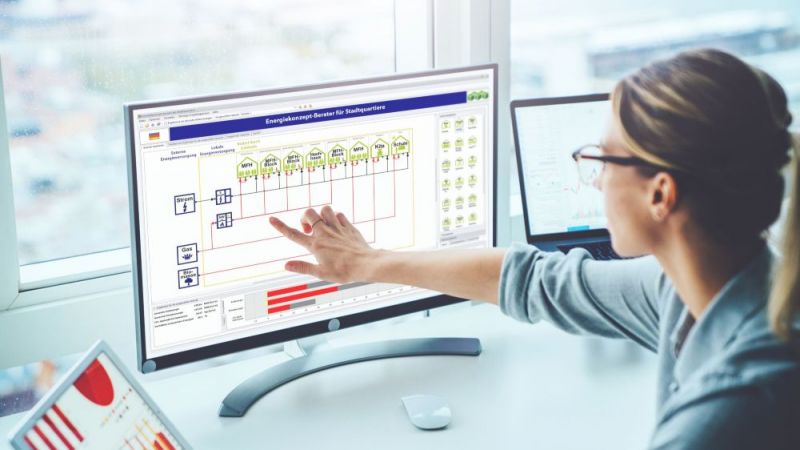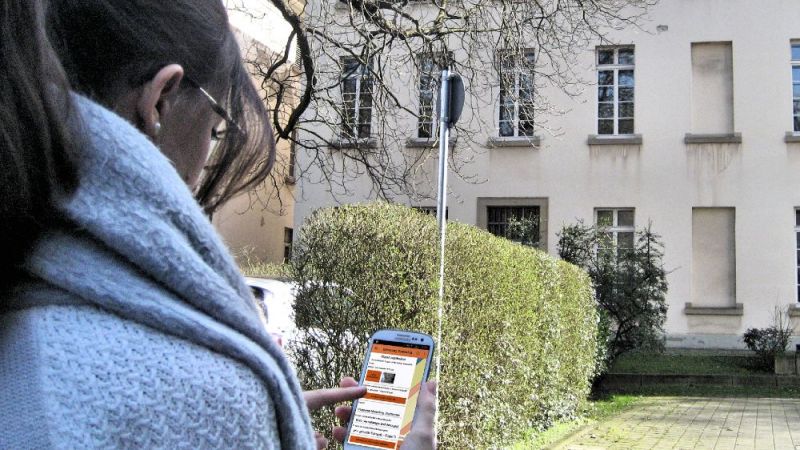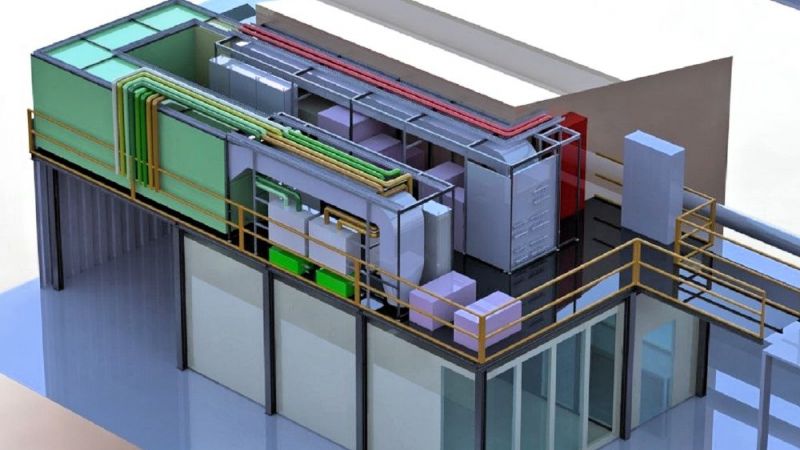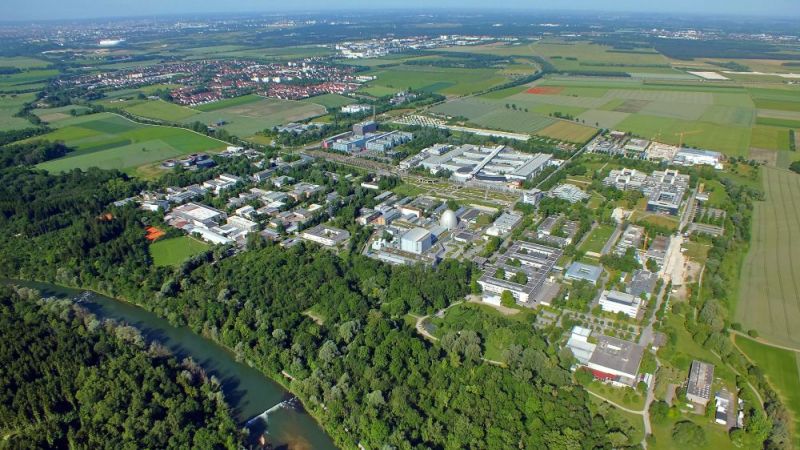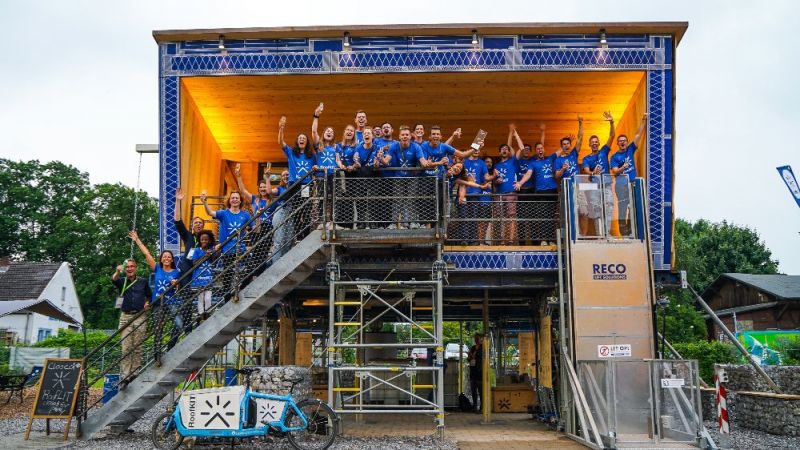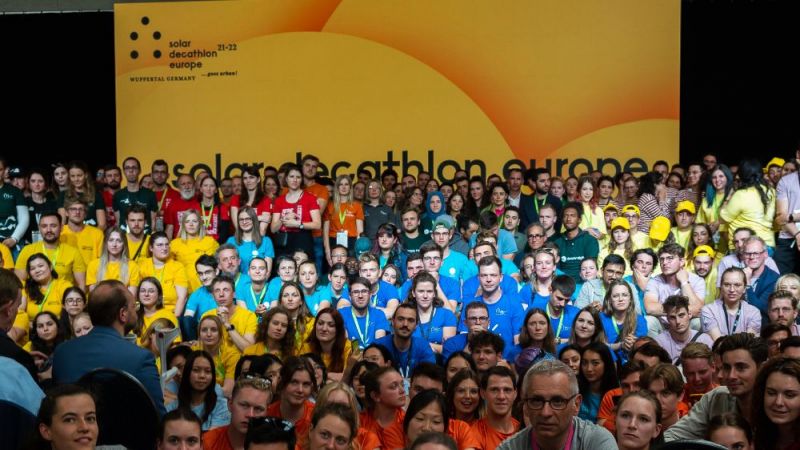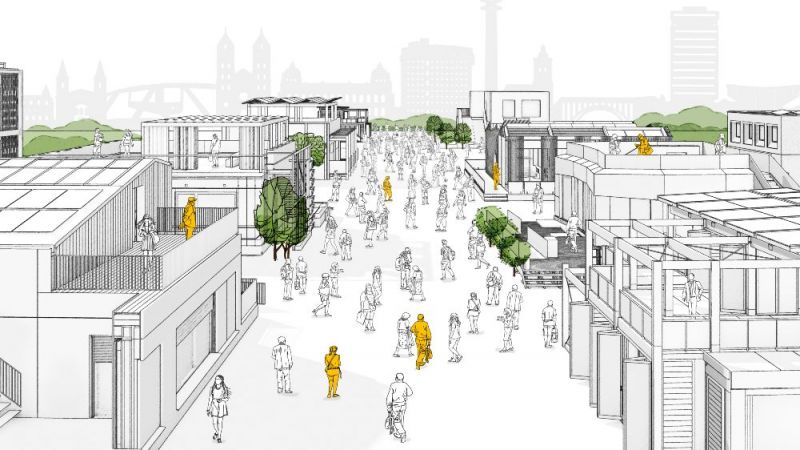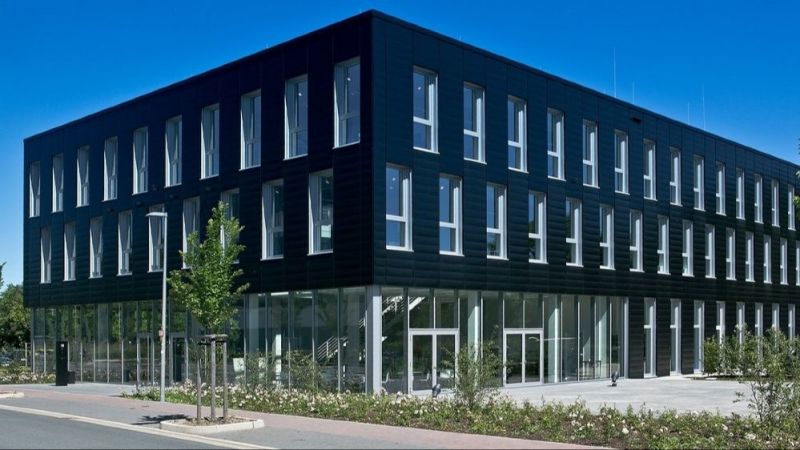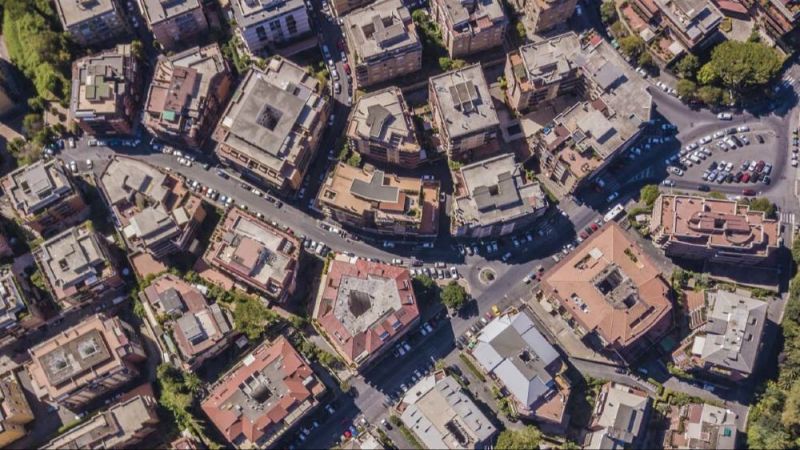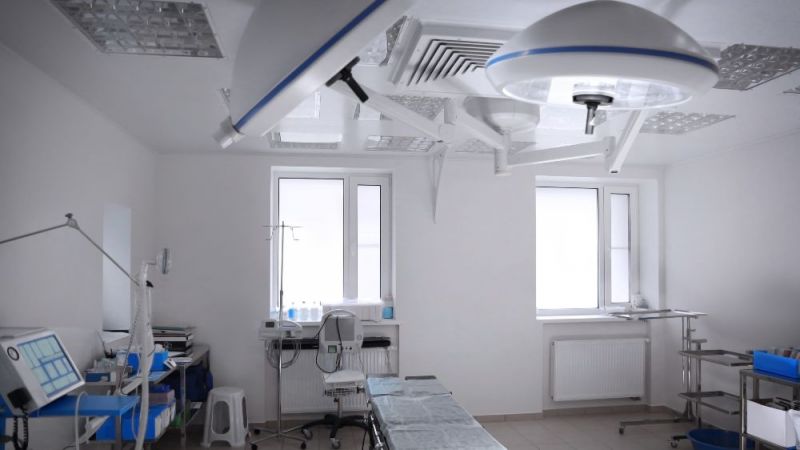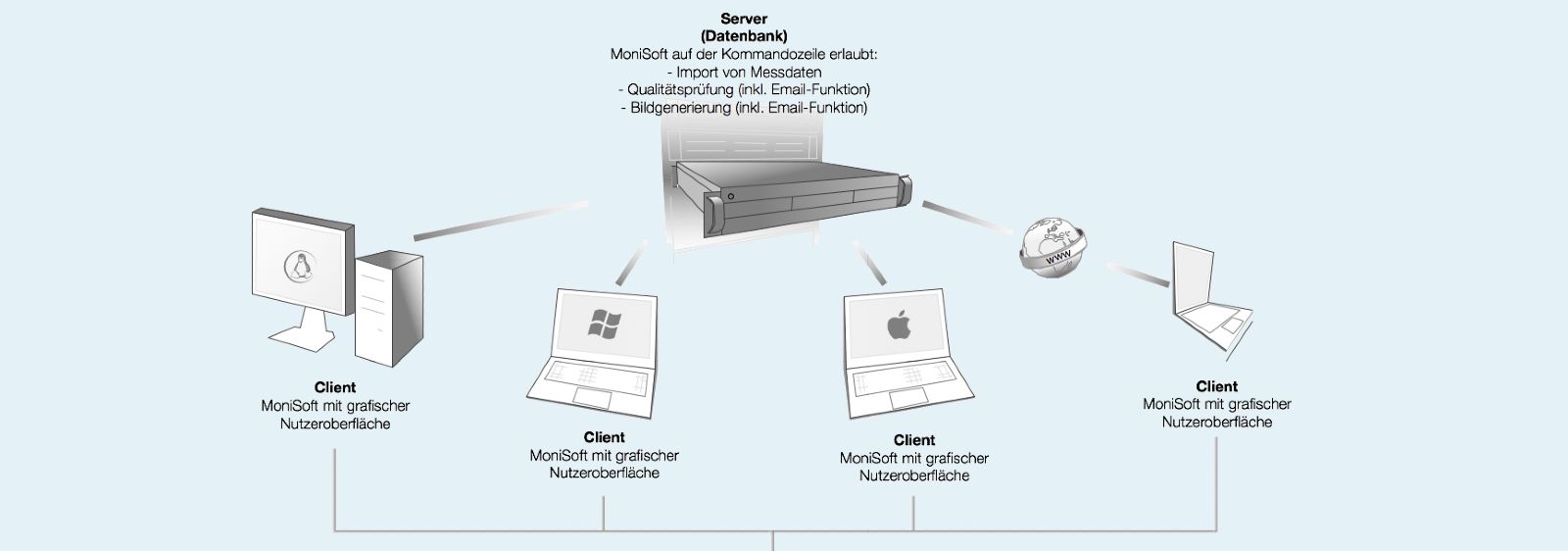
Software
MoniSoft for building monitoring and energy-based optimisation
MoniSoft, a Java-based and platform-independent software package, simplifies the monitoring and operational analysis of buildings. Stringent measurement data processing with quality assurance functionality and diverse options for context-based data visualisation supports the continuous operational optimisation of buildings as part of energy management.
Project context
The MoniSoft software was originally developed for the scientific evaluation of different EnOB pilot buildings and was later expanded for the energy assessment of larger building stocks. This is in view of the recurring issues and processing routines ever arising in building monitoring. Requirements when it comes to handling large volumes of data have been tackled by the research teams in the projects in most cases with table calculation software. The creation of informative graphics for the visualisation of building performance was typically associated with significant effort. A universally utilisable tool is now envisaged with MoniSoft that facilitates extensive automation and high user comfort in the processing of tasks associated with building monitoring. Requirements for the tool also include adaptability to the building or property-specific context.
MoniSoft was initially developed exclusively at KIT, Building Science Group (fbta), in a team of building and software experts. German company Softwareschneiderei GmbH in Karlsruhe put the software through a comprehensive quality assessment process designed to review runtime stability and the potential for further development, before it was then made available to other users outside of fbta. Efforts to develop the software code further involving additional partners have been ongoing since March 2013. The software has now been significantly enhanced by the Research and Development Department of the Rosenheim University of Applied Sciences. Version and quality management is taken care of by KIT (fbta).
Research focus
The software uses a database containing information on the building, all relevant areas, measurement point characteristics, data quality and plausibility and user settings in addition to the measurement data itself. The software can be used by experts to perform detailed analyses and by less experienced persons for rapid malfunctioning analysis. The multitude of data points can be simply structured in this respect. The software can be utilised via a graphical user interface and also via the command line, facilitating automatic analysis and generation of web graphics.
The central aim was to develop a software package in which building and measurement data is jointly managed and which can guarantee that data of different buildings is always processed in an identical manner by way of a standardised data structure. MoniSoft has been programmed completely with public domain tools and is furthermore platform-independent in its implementation; only a Java runtime environment is required. The tool can consequently be flexibly combined with all building management systems in current use. Monitoring therefore can also be implemented in retrospect and independent of the building management technology present in the property.
Successes
The software now allows all processing stages to be individually checked and largely automated: from importing measurement data, quality control and processing to visualisation and data export. MoniSoft therefore can be used both for scientific data analysis purposes and for routine analyses as part of building monitoring. Access to arbitrary data records and periods permits not just the effective analysis and performance energy optimisation of individual technical systems, benchmarking too within a large building portfolio is likewise facilitated in terms of definable, specific (energy) parameters.
MoniSoft provides particularly sophisticated tools for data analysis: The basis for targeted building analysis includes in particular specific graphs used to illustrate measurement data in context in order to identify regularities and dependencies and to enable the filtering of data by time interval (e.g. “regular working hours not including weekends”) and status (e.g. “with inlet air system activated only”), in addition to customary graphical illustration formats such as line graphs, bar charts and XY diagrams. Carpet diagrams for instance provide an overview of irregularities in building operation, and duration curves can be used in assessing system run durations. Recurrent compilations of measurement data, such as for heating characteristics, can be saved in the context with their illustration and “loaded” with ever new timeframes. This enables optimisation measures to be reviewed or consumption data to be compared against the identical period in the previous year. For the purposes of assessing data, specific values or self-definable value ranges can be earmarked in numerous graphs in order to distinguish e.g. limit values or target ranges.
Various development stages over a period of some 10 years have produced a robust software package that has already seen use in numerous projects. The software from KIT (fbta) has been available for monitoring purposes since 2013. In April 2015, 23 institutions were registered in Germany with a user license or test version. A comprehensive manual and an internet forum that has been running since 2014 compensate for the lack of user support available to date. Researchers at the Rosenheim University of Applied Sciences have furthermore begun to write extensions and to fix minor bugs. These were brought together in a first official software update in March 2015.
Following the first version released in 2013, an initial software update developed by the Rosenheim University of Applied Sciences was released in March 2015. These ongoing efforts are expected to produce a further official update in 2016. An online visualisation tool linking to MoniSoft is in parallel development. The Rosenheim University of Applied Sciences has been organising regular workshops on the MoniSoft software since 2014, intended to provide assistance for application of the software and to compile a record of issues and suggestions for further development.
Application
MoniSoft can be acquired from fbta. For use in publically funded monitoring projects, the software is made available free of charge with a license limited to the term of the project. For commercial use, a license can be purchased for a fee. Information on conditions is available from KIT (fbta).
MoniSoft is supplied together with a comprehensive manual that describes in depth the installation, commissioning and practical use of the software. Users are also given access to the web-based user forum. Further support is currently unavailable. A demo version of MoniSoft is available from fbta for trial purposes.
22.11.2021


